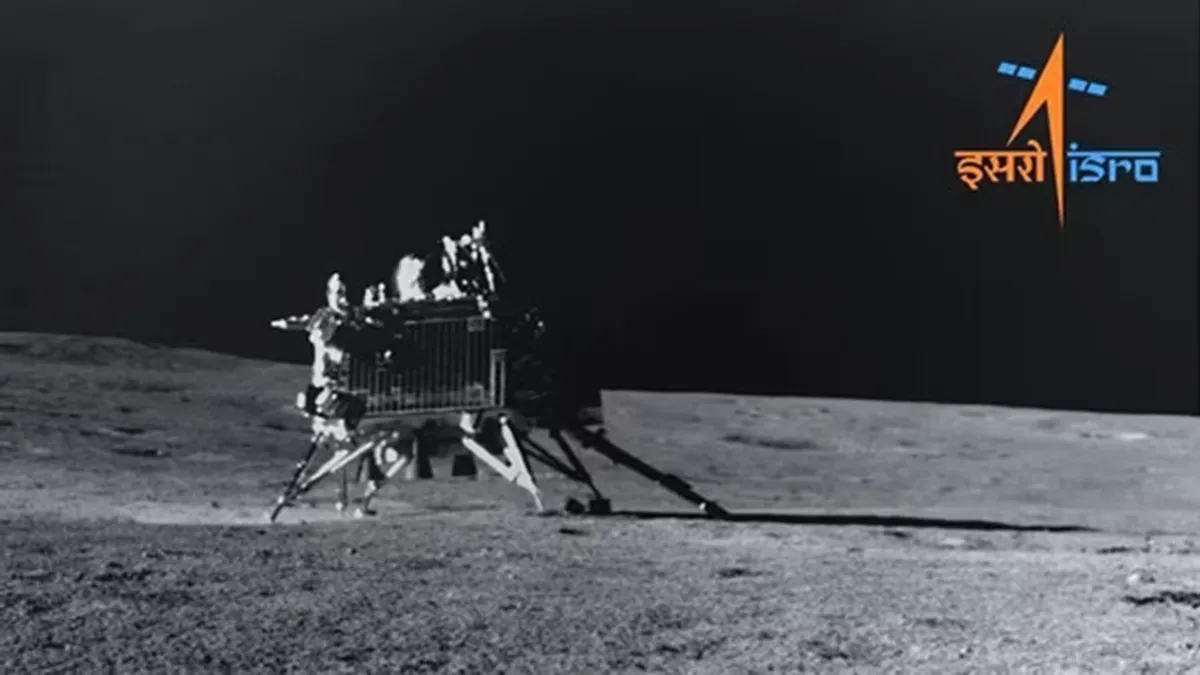ISRO scientists are now gearing up for their ambitious attempt to revive Chandrayaan-3s Vikram lander and Pragyan rover
21 Sep 2023
News
The ISRO chairman stated that they are hoping that the equipment will restart when the sun rises on the Shivshakti Point, where the lander and rover are stationed. Scientists from the Indian Space Research Organisation (ISRO) are now preparing for their ambitious endeavour to reawaken Chandrayaan-3's Vikram lander and Pragyan rover after two weeks of "sleep" to test if it survived the bitter lunar night. A fresh lunar dawn is just around the corner. The modules will be restarted on Thursday and Friday in a "hopeful" attempt to extend the mission beyond what has already been a totally successful completion, according to ISRO experts.
The onboard equipment can restart and continue gathering data from the lunar surface for a further 14 days if they can withstand the -200°C low temperatures of the lunar night. In the best-case scenario, when the orders are delivered to the lander and the rover restarts the systems, the rover will start exploring the lunar surface once more, and the instruments aboard the lander will continue to gather data.
Teams from ISRO Telemetry, Tracking and Command Network (ISTRAC) will begin the process of entering orders to resuscitate the instruments on Thursday when the sunshine on the landing area is sufficient to power the sensors. The mission's lifespan will be prolonged and researchers will be able to collect additional samples if the machines react after recharging themselves. However, the task might not be as simple as it seems. The lunar surface may experience nighttime temperatures as low as -200°Celsius, while temperatures closer to the poles can reach as low as -250°C.
While spacecrafts before Chandrayaan-3 have also survived such extreme cold — for example, China's Chang'e 4 lander and rover in 2019 survived around -190°C — these crafts were outfitted with radioisotope heating units (RHU), which guarantee that the temperature on the craft necessary for the effective functioning of devices is maintained even as the temperature outside the craft decreases.
RHUs are tiny devices that utilise the heat produced by the decay of plutonium-238 to keep spacecraft systems and components warm so they can withstand the extreme cold of space. These heaters are not present on the Chandrayaan-3 lander or the rover. Scientists stated that ISRO is trying to create RHUs for protracted interplanetary trips. These devices will guarantee that temperatures are maintained at a particular level so that equipment can withstand protracted periods of time in icy, freezing circumstances. According to Isro authorities, a technological demonstration of these devices is forthcoming.
